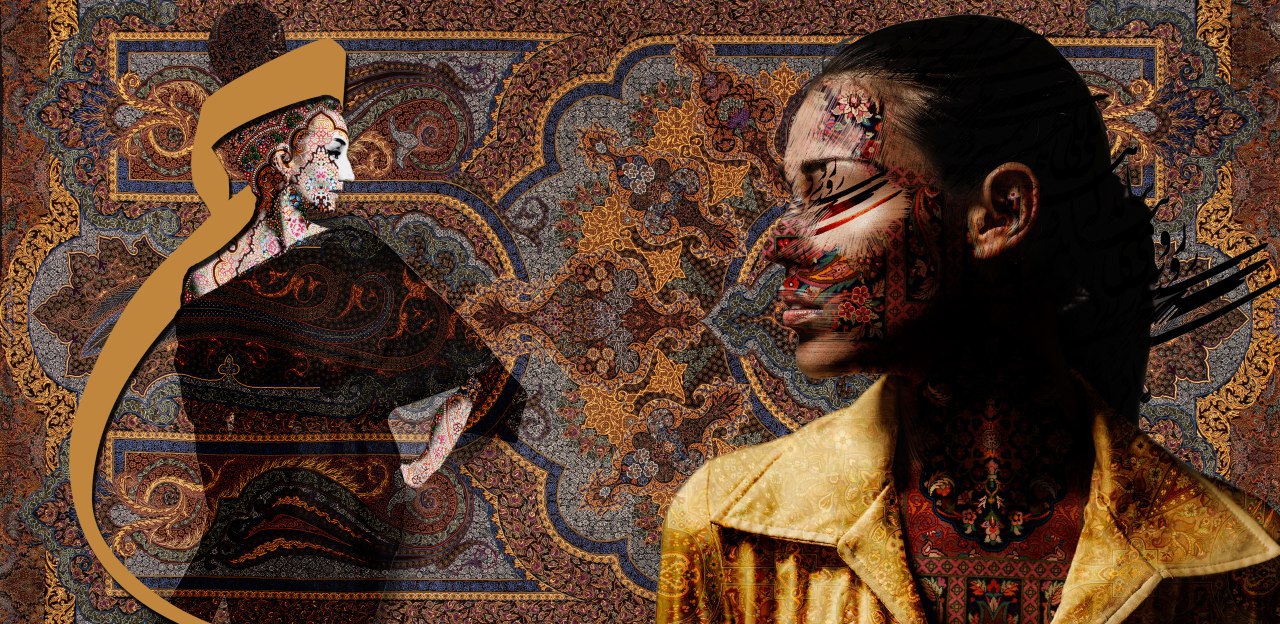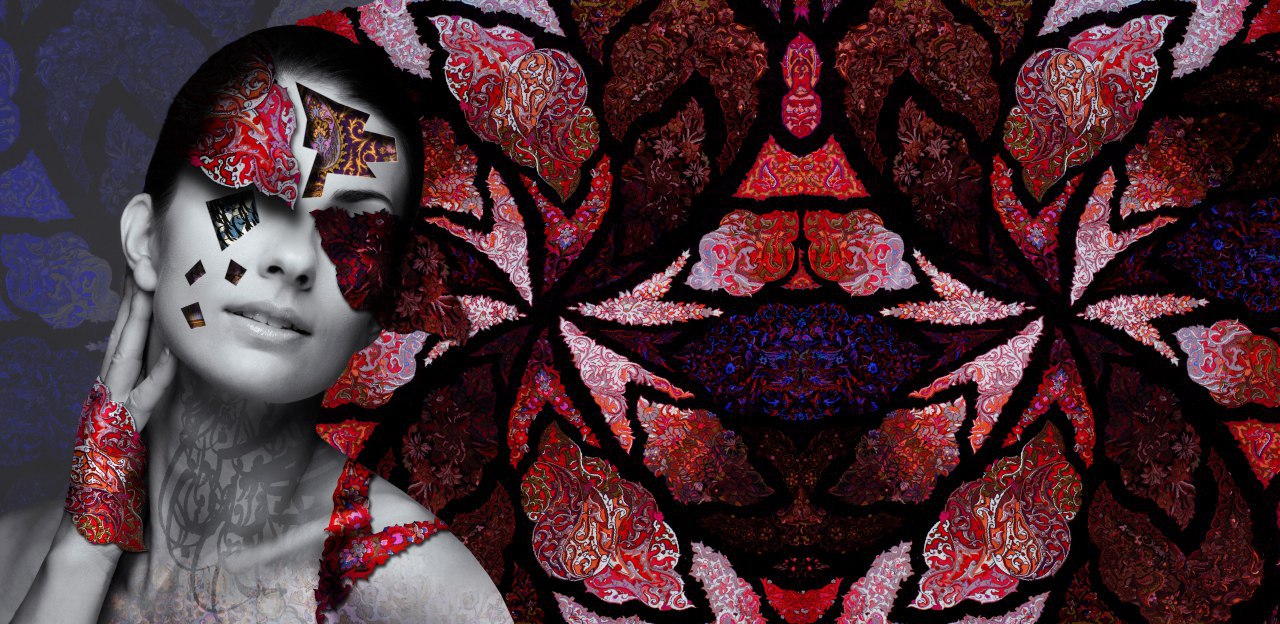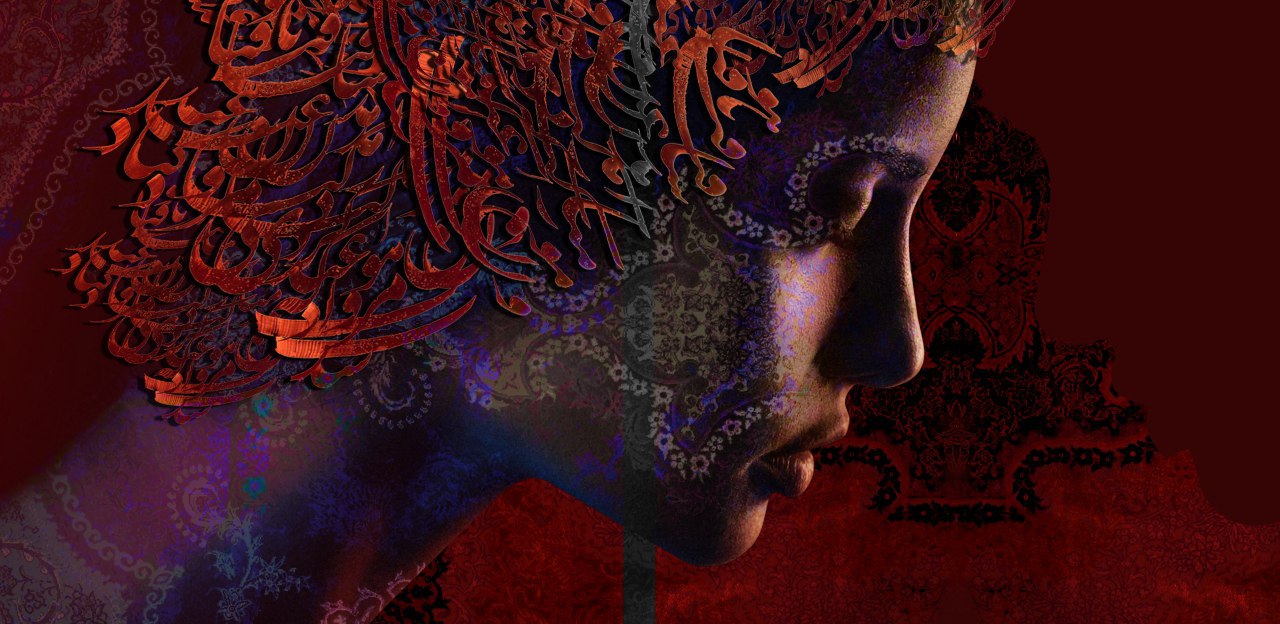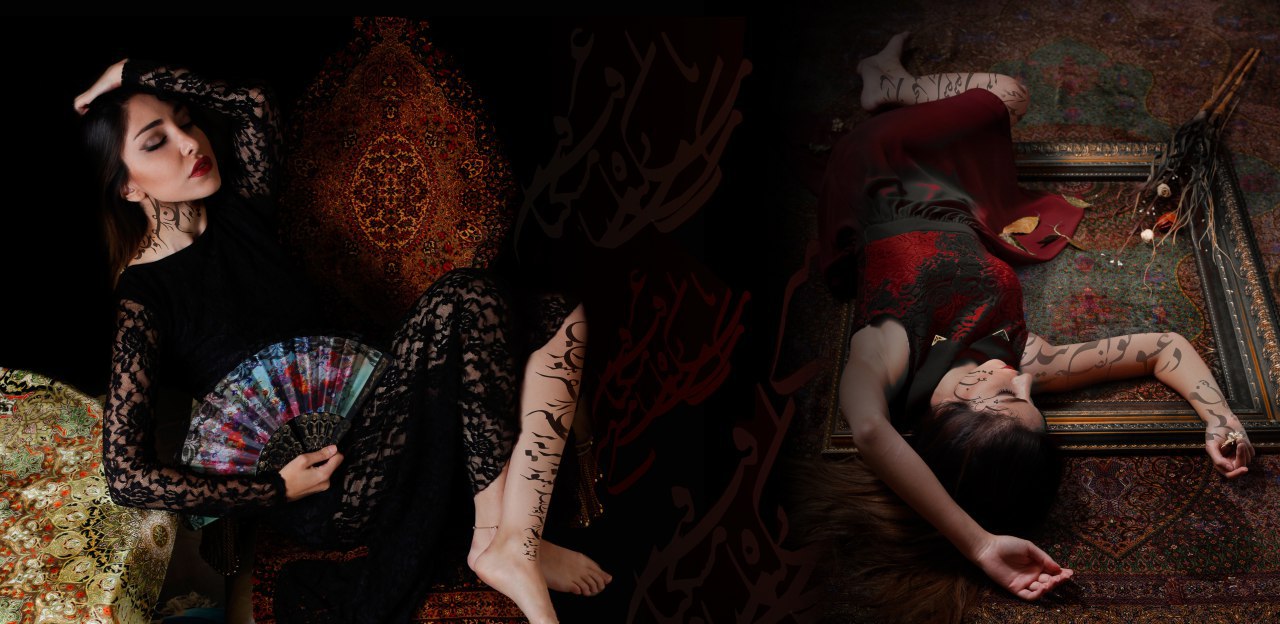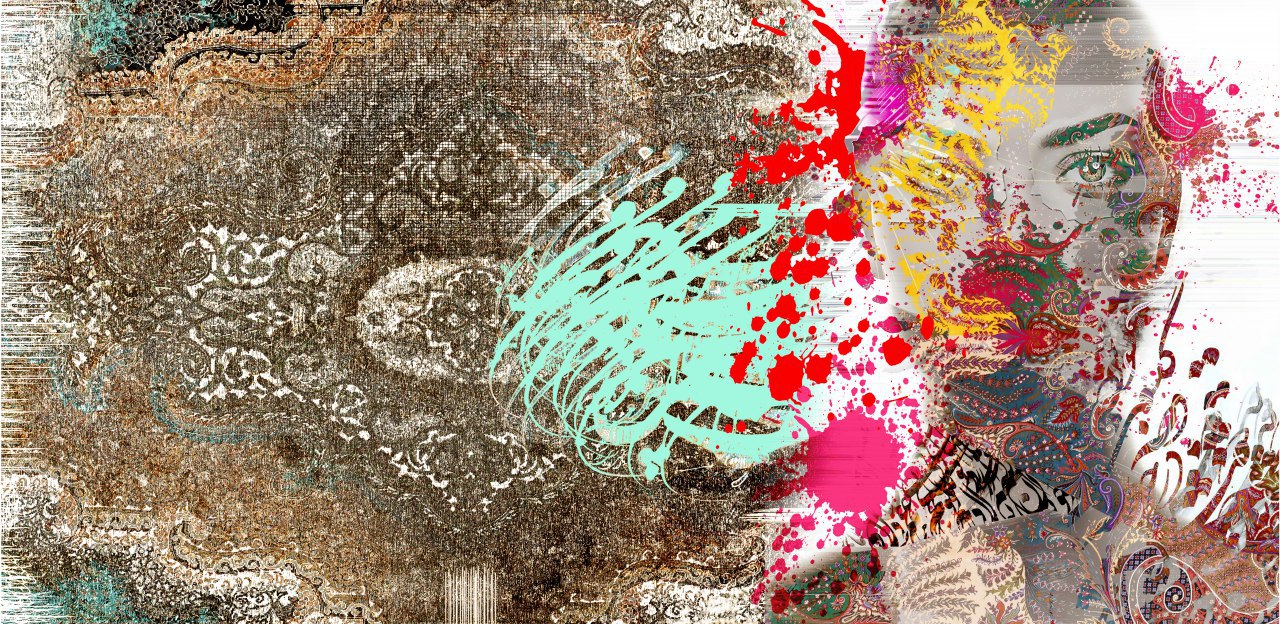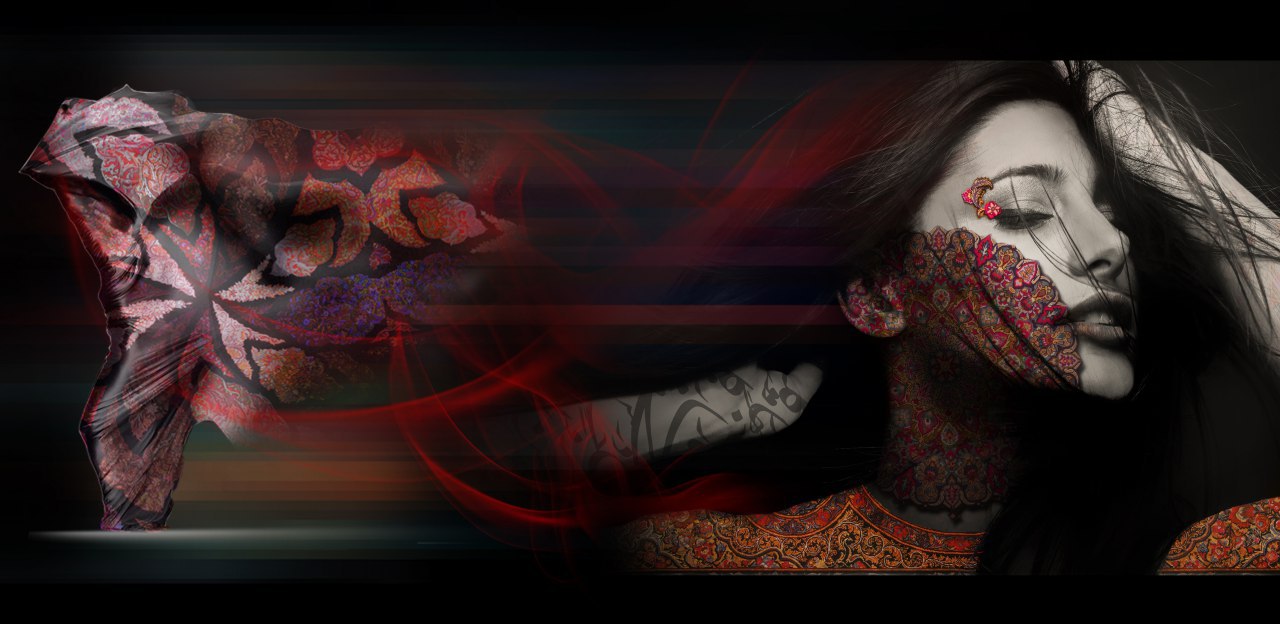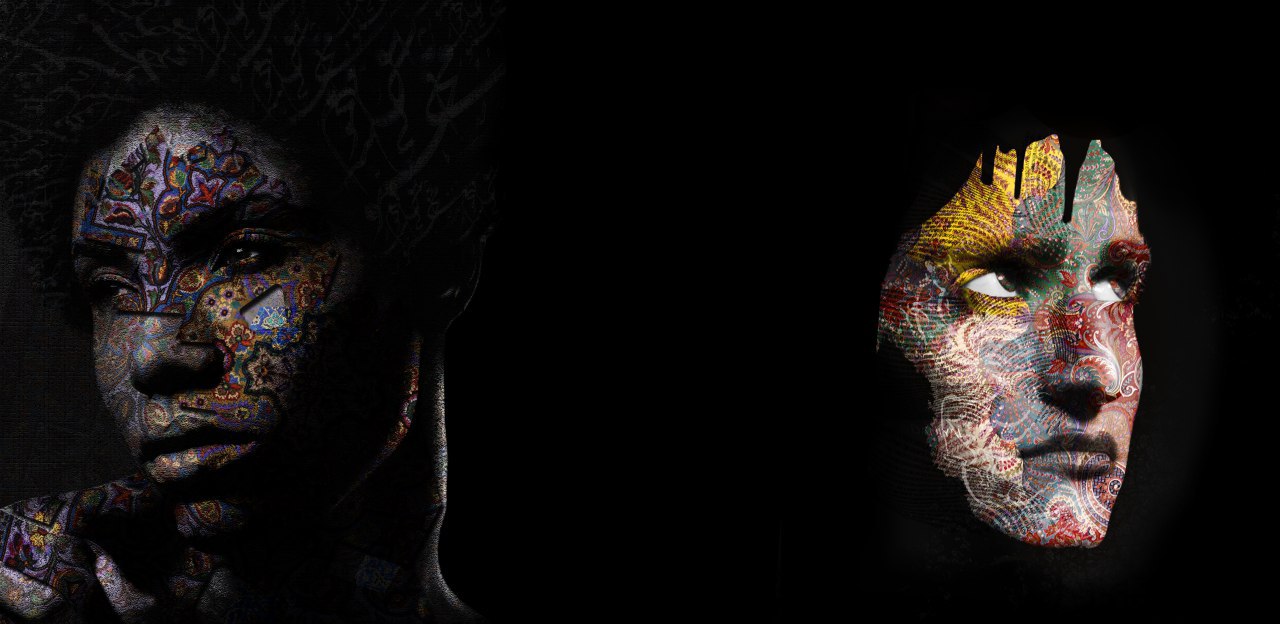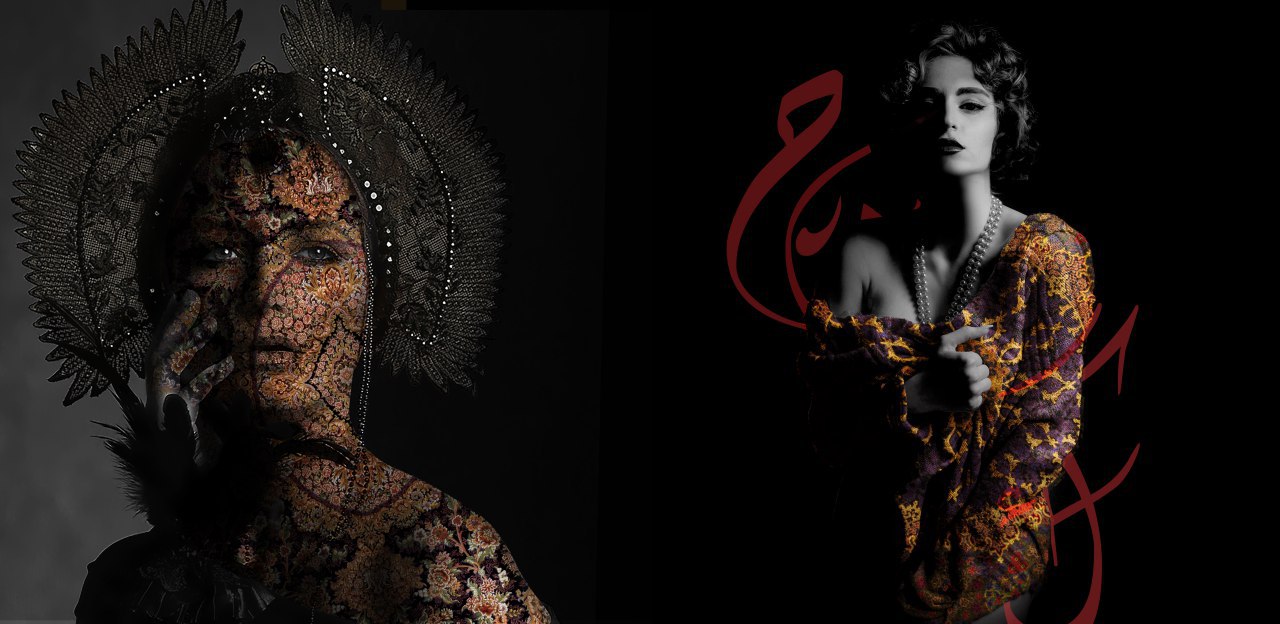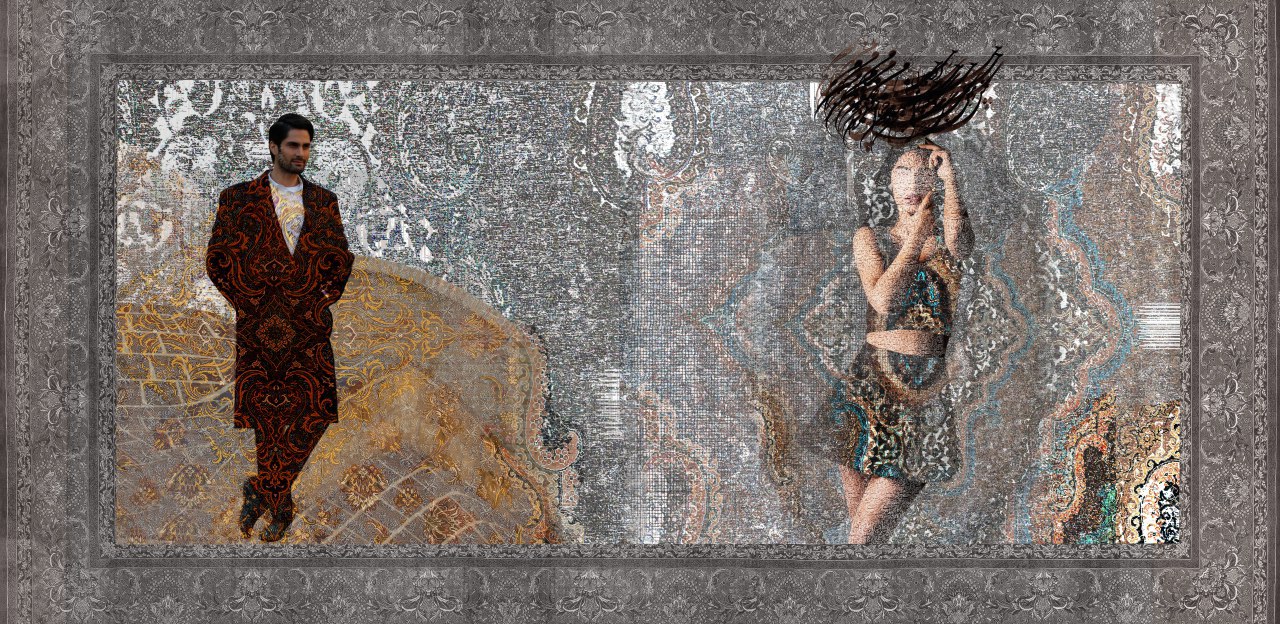The History of the Persian Rugs
Introduction
The art of carpet weaving in Iran originated more than 2,500 years ago
persian carpet
A Brief History of Persian Rugs in Iran
History
The history of Persian Carpet – a culmination of artistic magnificence – dates back to 2,500 years ago. The Iranians were among the pioneer carpet weavers of the ancient civilizations, having achieved a superlative degree of perfection through centuries of creativity and ingenuity. The skill of carpet weaving has been handed down by fathers to their sons, who built upon those skills and in turn handed them down to their offspring as a closely guarded family secret. To trace the history of the Persian carpet is to follow a path of cultural growth of one of the greatest civilizations the world has ever known.  From being simple articles of need, floor and entrance coverings to protect the nomadic tribesmen from the cold and damp, the increasing beauty of the carpets found them new owners – kings and noblemen, who looked upon them as signs of wealth, prestige, and distinction. However! there are many issues with regards to the origin of carpet and the first nation that has presented this art to the human art civilization has still remained unknown, but! expert has no doubt that the Persian civilization has played a magnificent role in developing and presenting this industry to all over the globe.
From being simple articles of need, floor and entrance coverings to protect the nomadic tribesmen from the cold and damp, the increasing beauty of the carpets found them new owners – kings and noblemen, who looked upon them as signs of wealth, prestige, and distinction. However! there are many issues with regards to the origin of carpet and the first nation that has presented this art to the human art civilization has still remained unknown, but! expert has no doubt that the Persian civilization has played a magnificent role in developing and presenting this industry to all over the globe.
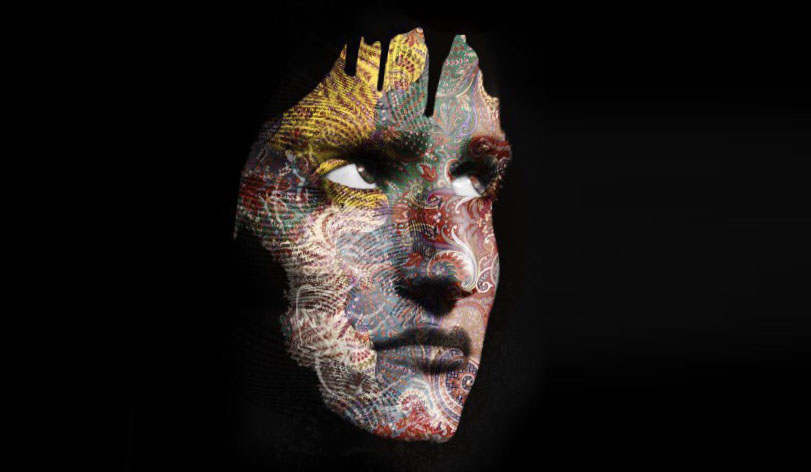 From being simple articles of need, floor and entrance coverings to protect the nomadic tribesmen from the cold and damp, the increasing beauty of the carpets found them new owners – kings and noblemen, who looked upon them as signs of wealth, prestige, and distinction. However! there are many issues with regards to the origin of carpet and the first nation that has presented this art to the human art civilization has still remained unknown, but! expert has no doubt that the Persian civilization has played a magnificent role in developing and presenting this industry to all over the globe.
From being simple articles of need, floor and entrance coverings to protect the nomadic tribesmen from the cold and damp, the increasing beauty of the carpets found them new owners – kings and noblemen, who looked upon them as signs of wealth, prestige, and distinction. However! there are many issues with regards to the origin of carpet and the first nation that has presented this art to the human art civilization has still remained unknown, but! expert has no doubt that the Persian civilization has played a magnificent role in developing and presenting this industry to all over the globe.Pazyryk Carpet, 5th century B.C.
Russian archaeologists Rudenko and Griaznov in 1949 discovered the oldest known “knotted” carpet in the Pazyryk valley, about 5000 feet up on the Altai Mountains in Siberia. Dating back to the fifth century B.C. The Pazyryk carpet is of rare beauty and woven with great technical skill. It was found preserved in the frozen tombs of Scythian chiefs, which were 2400 to 2500 years old, it is now kept in the Hermitage Museum of Leningrad. Another rug found in the same area dates back to the first century B.C.Esfahan Carpet
The Persian carpet reached its zenith during the reign of the Safavid Dynasty in the 16th century. Indeed the first concrete proofs of this craft date back to this period. Approximately 1500 examples are preserved in various museums and in private collections worldwide. During the reign of Shah Abbas (1587 – 1629), commerce and crafts prospered in Persia. Shah Abbas encouraged contacts and trade with Europe and transformed his new capital Esfahan, into one of the most glorious cities of Persia. He also created a court workshop for carpets where skilled designers and craftsmen set to work to create splendid specimens. Most of these carpets were made of silk, with gold and silver threads adding even more embellishment. Two of the best know carpets of the Safavid period; dated 1539 come from the mosque of Ardebil. Many experts believe that these carpets represent the culmination of achievement in carpet design. The larger of the two carpets is now kept in London’s Victoria and Albert Museum while the other is displayed at the Los Angeles County Museum. The court period of the Persian carpet ended with the Afghan invasion in 1722. The Afghans destroyed Esfahan, yet their domination lasted for only a short period and in 1736, a young Chieftain from Khorasan, Nader Khan became the Shah of Persia. Through the whole course of his reign, all the country’s forces were utilized in campaigns against the Afghans, the Turks, and the Russians. During this period, and for several turbulent years after his death in 1747, no carpets of any great value were made, and solely nomads, and craftsmen in small villages continued the tradition of this craft. In the last quarter of the 19th Century and during the reign of the Qatar rulers trade and craftsmanship regained their importance. Carpet making flourished once more with Tabriz merchants exporting carpets to Europe through Istanbul. At the end of the 19th Century, some European and American companies even set up businesses in Persia and organized craft production destined for western markets. Today, Carpet-weaving is by far the most widespread handicraft in Iran. Persian carpets are renowned for their richness of color, variety of spectacular artistic patterns, and quality of design. In palaces, famous buildings, mansions, and museums the world over, a Persian carpet is amongst the most treasured possession.Major Weaving Centers:
Arak, Ardebil, Bijar, Hamadan, Esfahan, Kashan, Kerman, Mashhad, Nain, Qom, Sanandaj, Shiraz, Tabriz, Tehran, Yazd, Zanjan.Other Centers:
Abadeh, Afshar, Ghotloo, Ahar, Aradkan, Bakhtiar, Balouch, Turkman, Borcheloo, Broujerd, Farahan, Garavan, Golpayegan, Haris, Hosseinabad, Kashmar, Koliai Khamseh, Mahallat, Malayer, Moshkabad, Najafabad, Nahavand, Neiriz, Qashqaie, Qazvin, qouchan, Ravar, Roudbar, Sarouk, Semnan, Senneh, Sirjan, Shahsavan, Tabas, Tajabad, Tafresh, Turkaman Sahra, Yasouj, Zarand. Persian art
Persian art
The Beauty of Persian Art
